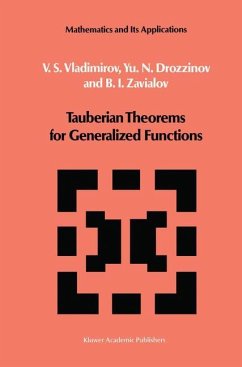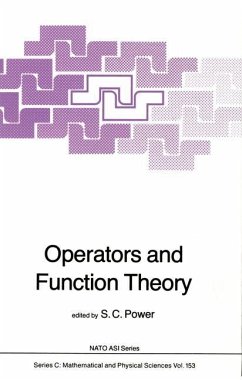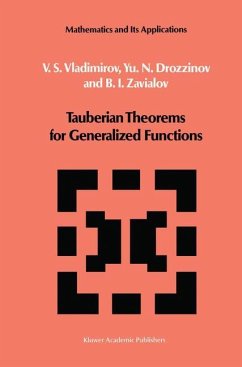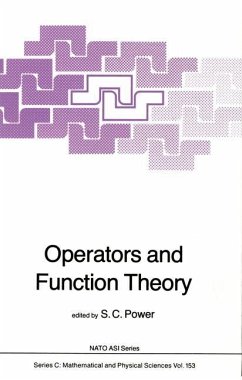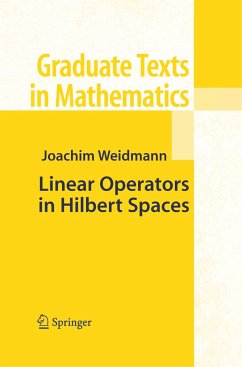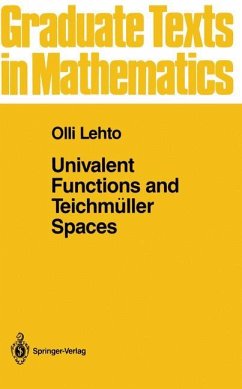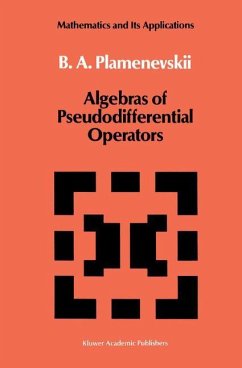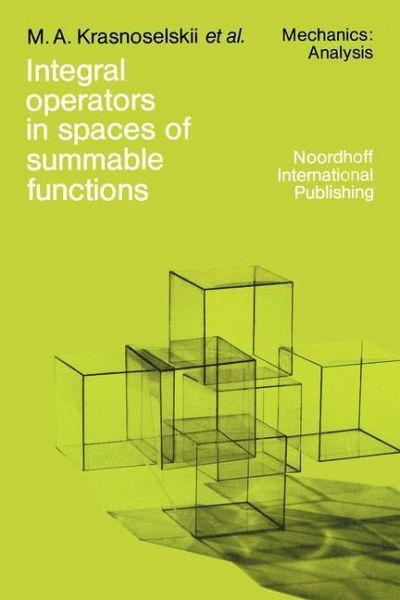
Integral operators in spaces of summable functions
Versandkostenfrei!
Versandfertig in 1-2 Wochen
39,99 €
inkl. MwSt.

PAYBACK Punkte
20 °P sammeln!
The investigation of many mathematical problems is significantly simplified if it is possible to reduce them to equations involving continuous or com pletely continuous operators in function spaces. In particular, this is true for non-linear boundary value problems and for integro-differential and integral equations. To effect a transformation to equations with continuous or completely continuous operators, it is usually necessary to reduce the original problem to one involving integral equations. Here, negative and fractional powers of those unbounded differential operators which constitute '...
The investigation of many mathematical problems is significantly simplified if it is possible to reduce them to equations involving continuous or com pletely continuous operators in function spaces. In particular, this is true for non-linear boundary value problems and for integro-differential and integral equations. To effect a transformation to equations with continuous or completely continuous operators, it is usually necessary to reduce the original problem to one involving integral equations. Here, negative and fractional powers of those unbounded differential operators which constitute 'principal parts' of the original problem, are used in an essential way. Next there is chosen or constructed a function space in which the corresponding integral oper ator possesses sufficiently good properties. Once such a space is found, the original problem can often be analyzed by applying general theorems (Fredholm theorems in the study of linear equations, fixed point principles in the study of non-linear equations, methods of the theory of cones in the study of positive solutions, etc.). In other words, the investigation of many problems is effectively divided into three independent parts: transformation to an integral equation, investi gation of the corresponding integral expression as an operator acting in function spaces, and, finally, application of general methods of functional analysis to the investigation of the linear and non-linear equations.





